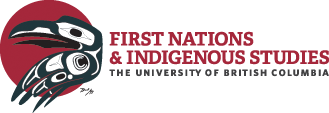Métis
The term Métis refers to a collective of cultures and ethnic identities that resulted from unions between Aboriginal and European people in what is now Canada. Métis stems from the…
Sixties Scoop
…receive a better education if they were transitioned into the public school system. Residential schools, however, persisted as a sort of boarding school for children whose families were deemed unsuitable…
Indian Homemakers’ Association of British Columbia
…were busy homemakers, looking for ways to make life better for our families and our village. All of us were having babies and raising small children and we believed that…
About the REDress project
…the indigenous women, all the activists– all the community workers, I guess in short, by all those who are seeking justice, trying to educate and inform and imagine a better…
Reserves
…viewed the creation of reserves as a pragmatic solution to land disputes and conflicts between Aboriginal peoples and settlers. Reserve creation was not initially overseen by a central authority or…
Gustafsen Lake
…in 1995 between the Royal Canadian Mounted Police (RCMP) and sundancers and their helpers (Sundancers) conducting religious ceremony that lasted more than thirty days. Gustafsen Lake has been called the…
Oral Traditions
…to their work—that is, they are subjective. Ultimately, the divide between oral and written history is a misconception. Writing and orality do not exclude each other; rather they are complementary….
Global Actions
…policymakers have been obliged to balance individual rights with collective rights through new international instruments. A history of global Indigenous organizations Chief Deskaheh Chief Levi General (1873–1925), now better known…
UN Declaration on the Rights of Indigenous Peoples
…a consideration much debated during initial discussions. There was much tension between U.N. member states and Indigenous peoples’ representatives during the drafting, due to presumed competing interests. Many U.N. member…

